What a magnificent, wonderful automobile. James Ward Packard was a successful industrialist whose Packard Electric Company was a pioneer manufacturer of cable and electrical devices. An inquisitive engineer, he purchased one of the first cars built by Alexander Winton and, when Winton turned aside Packard’s suggestions for improvement with a dismissive, “Why don’t you make a car yourself?” proceeded to do just that, with consequences that shaped the luxury car field for the next sixty years. The first Packard motor carriage was displayed at New York City’s first automobile show in 1900. By 1903 Packard automobiles were sufficiently advanced and reliable that a 1902 Model F powered by Packard’s single cylinder 12hp engine with automatic ignition advance and 3-speed sliding gear transmission made the transcontinental trip from San Francisco to New York in 53 days. In 1902 Henry Joy organized a Packard expansion and moved the company from its original home in Warren, Ohio to Detroit where it was recapitalized as the Packard Motor Car Company. At the same time Packard transitioned from buggy-style runabouts and tourers to the front engined, rear wheel drive configuration with the Model K and its successor the Model L. The company began to manufacturing motor trucks in 1903, one of the first companies to produce internal combustion powered trucks as a separate and distinct line, and in two years the Packard truck was in use throughout the U.S. Advances continued to be incorporated steadily in Packard automobiles, culminating in the introduction in 1907 of the Model 30, the first Packard to indicate its engine power in the model name. It was powered by a newly-designed T-head four-cylinder engine which rated 40hp under the ALAM system and was advertised by ever-conservative Packard as making 30 brake horsepower. With 5” bore and a long 5 1/2” stroke, the Model 30 was a strong, powerful 432 cubic inch engine adapted by Packard’s designers to power the larger and more elaborate coachwork which its customers were increasingly specifying. For the same reason – and to make room for the new larger engine – the Model 30 also was offered in longer wheelbase chassis. Drive was through an unusual expanding band clutch and three-speed transmission to a live rear axle. Packard had abandoned transverse leaf spring suspension the previous year with the Model S and both the front and rear axles had semi-elliptical leaf spring suspension. Redundant braking on the rear wheels was provided by both expanding shoe and contracting band brakes. The Packard Model 30 was an immediate success, with over 1,300 sold in the year of its introduction, 1907. Packard offered it with Touring, Limousine and Landaulette coachwork on a 122” wheelbase and as a lightweight, sporting Runabout or Gentleman’s Roadster on a short 108” wheelbase. The Paine Collection’s 1907 Packard Model 30 Gentleman’s Roadster was acquired from Dr. Samuel Scher in the mid-60’s in a multi-car transaction which formed the core of Richard C. Paine, Jr.’s collection and the Seal Cove Museum. It was restored by Gus Reuter to National First Prize winning condition for Dr. Scher and is elaborately finished and equipped to this day. Its equipment includes a Jones speedometer showing 7,973 miles, a trumpet bulb horn, acetylene headlights, kerosene sidelights, luggage trunk, a single spare tire strapped to the right running board and a bucket-style “mother-in-law seat” on the rear deck atop the gorgeous copper gas tank. Righthand drive, its coachwork is little more than the two bucket-style seats for the driver and favored passenger, hood and cowl. There are no doors and although a top is installed it has no side curtains. The fenders are flat and the rear fenders are flared dramatically, almost like the fins that would fascinate Detroit fifty years later. Finished in a combination of pale greenish-cream with dark green accent, borders, undercarriage and inner fenders, it has green leather interior w
What a magnificent, wonderful automobile. James Ward Packard was a successful industrialist whose Packard Electric Company was a pioneer manufacturer of cable and electrical devices. An inquisitive engineer, he purchased one of the first cars built by Alexander Winton and, when Winton turned aside Packard’s suggestions for improvement with a dismissive, “Why don’t you make a car yourself?” proceeded to do just that, with consequences that shaped the luxury car field for the next sixty years. The first Packard motor carriage was displayed at New York City’s first automobile show in 1900. By 1903 Packard automobiles were sufficiently advanced and reliable that a 1902 Model F powered by Packard’s single cylinder 12hp engine with automatic ignition advance and 3-speed sliding gear transmission made the transcontinental trip from San Francisco to New York in 53 days. In 1902 Henry Joy organized a Packard expansion and moved the company from its original home in Warren, Ohio to Detroit where it was recapitalized as the Packard Motor Car Company. At the same time Packard transitioned from buggy-style runabouts and tourers to the front engined, rear wheel drive configuration with the Model K and its successor the Model L. The company began to manufacturing motor trucks in 1903, one of the first companies to produce internal combustion powered trucks as a separate and distinct line, and in two years the Packard truck was in use throughout the U.S. Advances continued to be incorporated steadily in Packard automobiles, culminating in the introduction in 1907 of the Model 30, the first Packard to indicate its engine power in the model name. It was powered by a newly-designed T-head four-cylinder engine which rated 40hp under the ALAM system and was advertised by ever-conservative Packard as making 30 brake horsepower. With 5” bore and a long 5 1/2” stroke, the Model 30 was a strong, powerful 432 cubic inch engine adapted by Packard’s designers to power the larger and more elaborate coachwork which its customers were increasingly specifying. For the same reason – and to make room for the new larger engine – the Model 30 also was offered in longer wheelbase chassis. Drive was through an unusual expanding band clutch and three-speed transmission to a live rear axle. Packard had abandoned transverse leaf spring suspension the previous year with the Model S and both the front and rear axles had semi-elliptical leaf spring suspension. Redundant braking on the rear wheels was provided by both expanding shoe and contracting band brakes. The Packard Model 30 was an immediate success, with over 1,300 sold in the year of its introduction, 1907. Packard offered it with Touring, Limousine and Landaulette coachwork on a 122” wheelbase and as a lightweight, sporting Runabout or Gentleman’s Roadster on a short 108” wheelbase. The Paine Collection’s 1907 Packard Model 30 Gentleman’s Roadster was acquired from Dr. Samuel Scher in the mid-60’s in a multi-car transaction which formed the core of Richard C. Paine, Jr.’s collection and the Seal Cove Museum. It was restored by Gus Reuter to National First Prize winning condition for Dr. Scher and is elaborately finished and equipped to this day. Its equipment includes a Jones speedometer showing 7,973 miles, a trumpet bulb horn, acetylene headlights, kerosene sidelights, luggage trunk, a single spare tire strapped to the right running board and a bucket-style “mother-in-law seat” on the rear deck atop the gorgeous copper gas tank. Righthand drive, its coachwork is little more than the two bucket-style seats for the driver and favored passenger, hood and cowl. There are no doors and although a top is installed it has no side curtains. The fenders are flat and the rear fenders are flared dramatically, almost like the fins that would fascinate Detroit fifty years later. Finished in a combination of pale greenish-cream with dark green accent, borders, undercarriage and inner fenders, it has green leather interior w
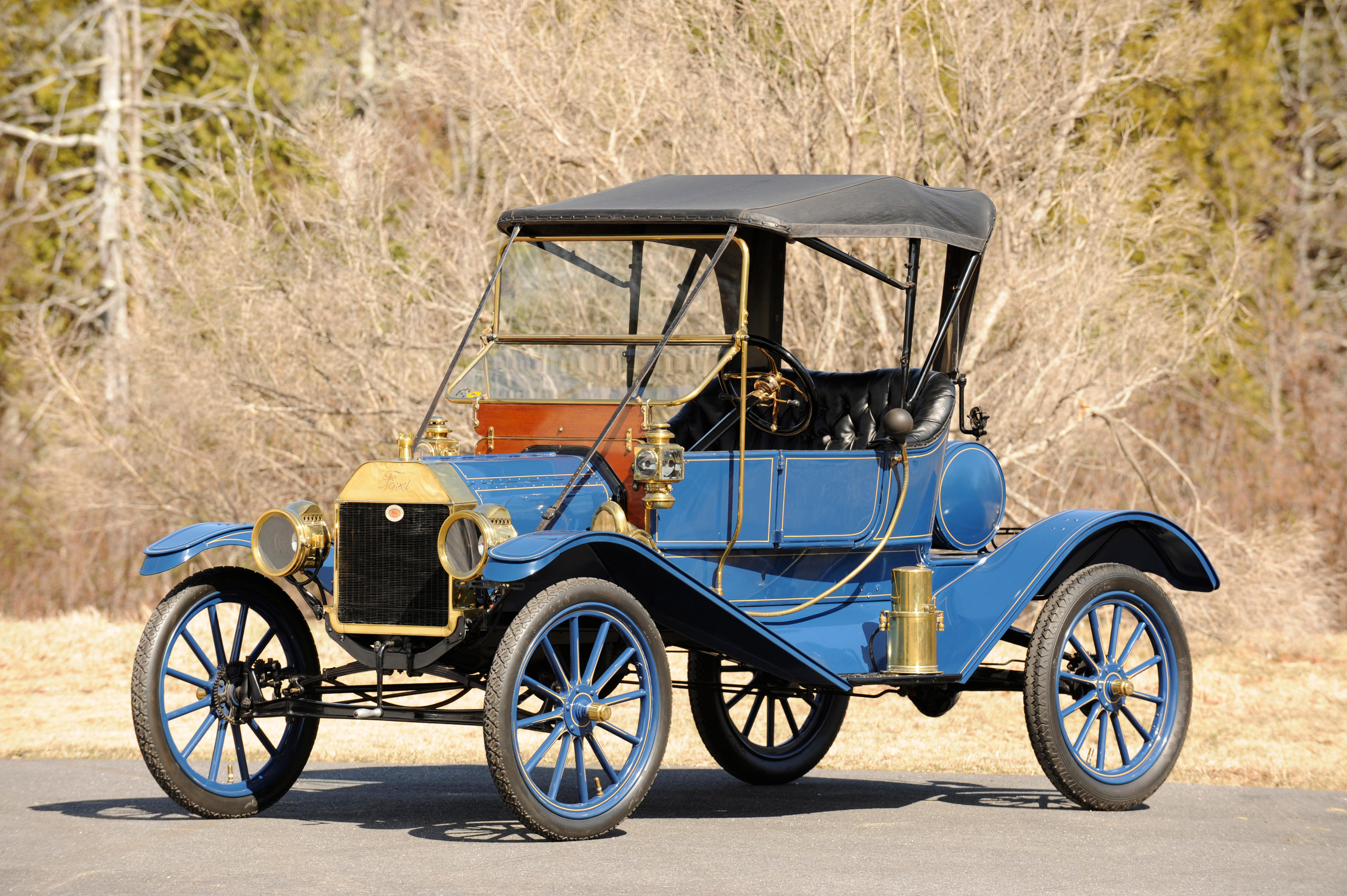

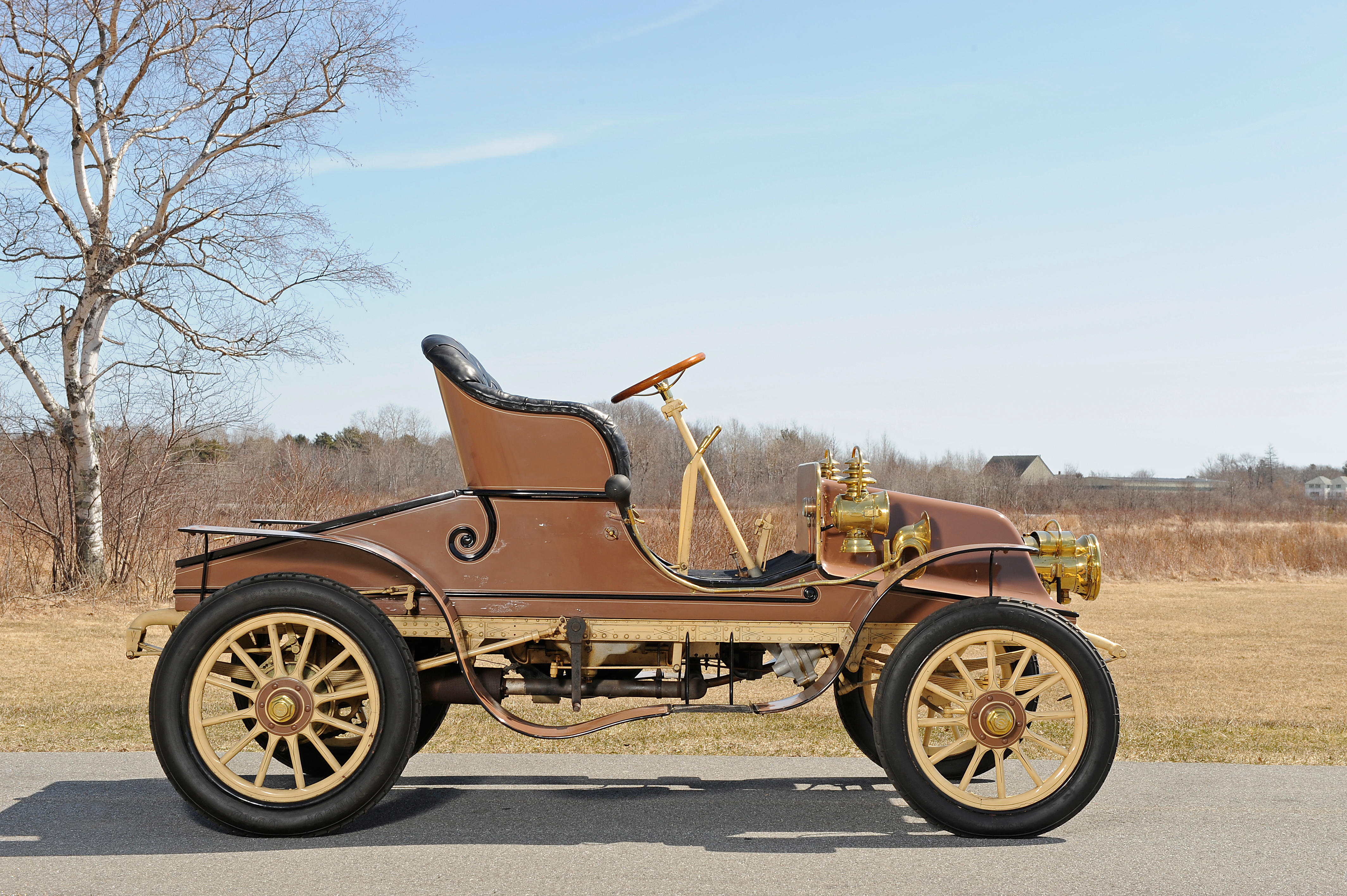
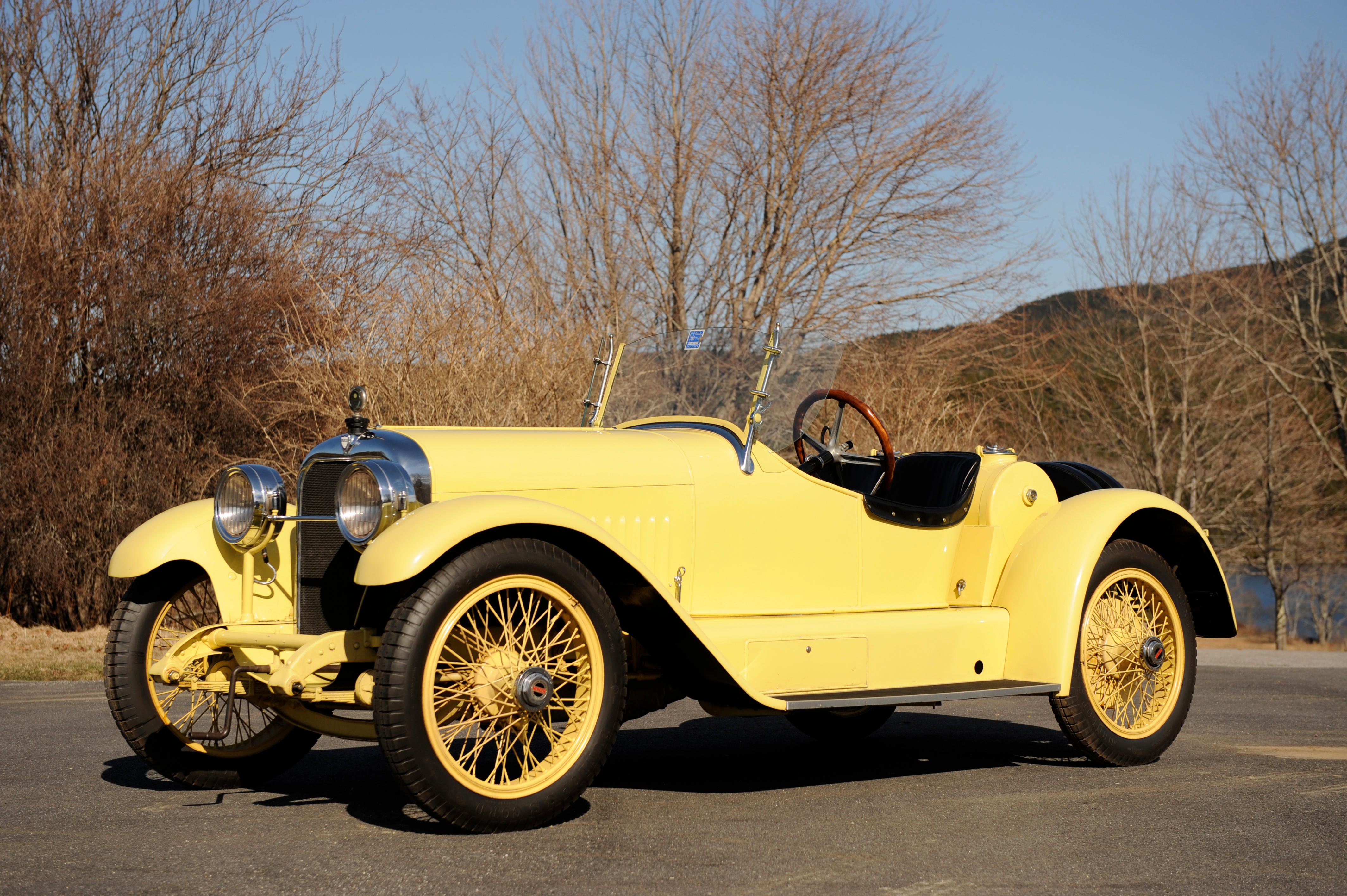
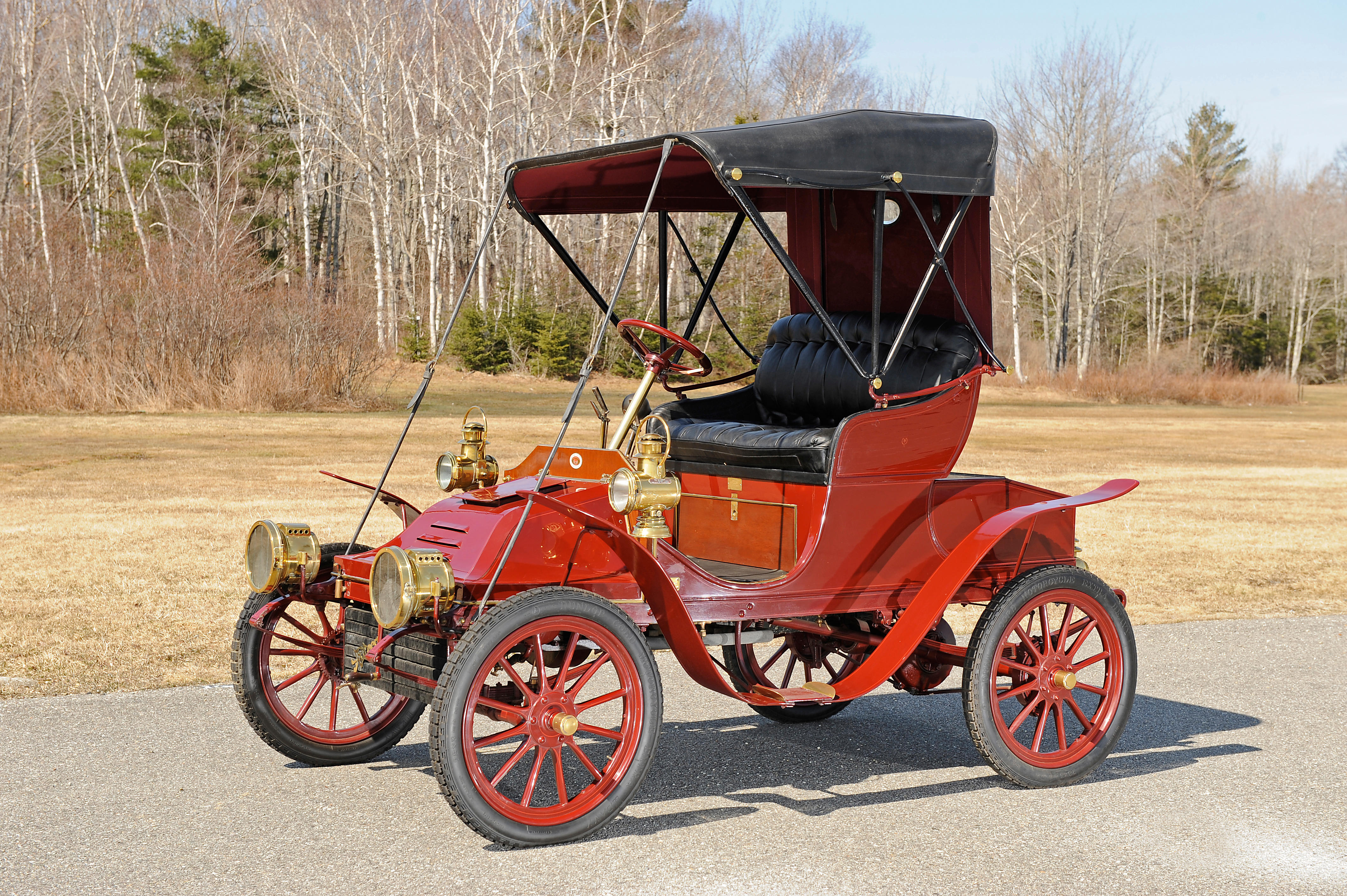

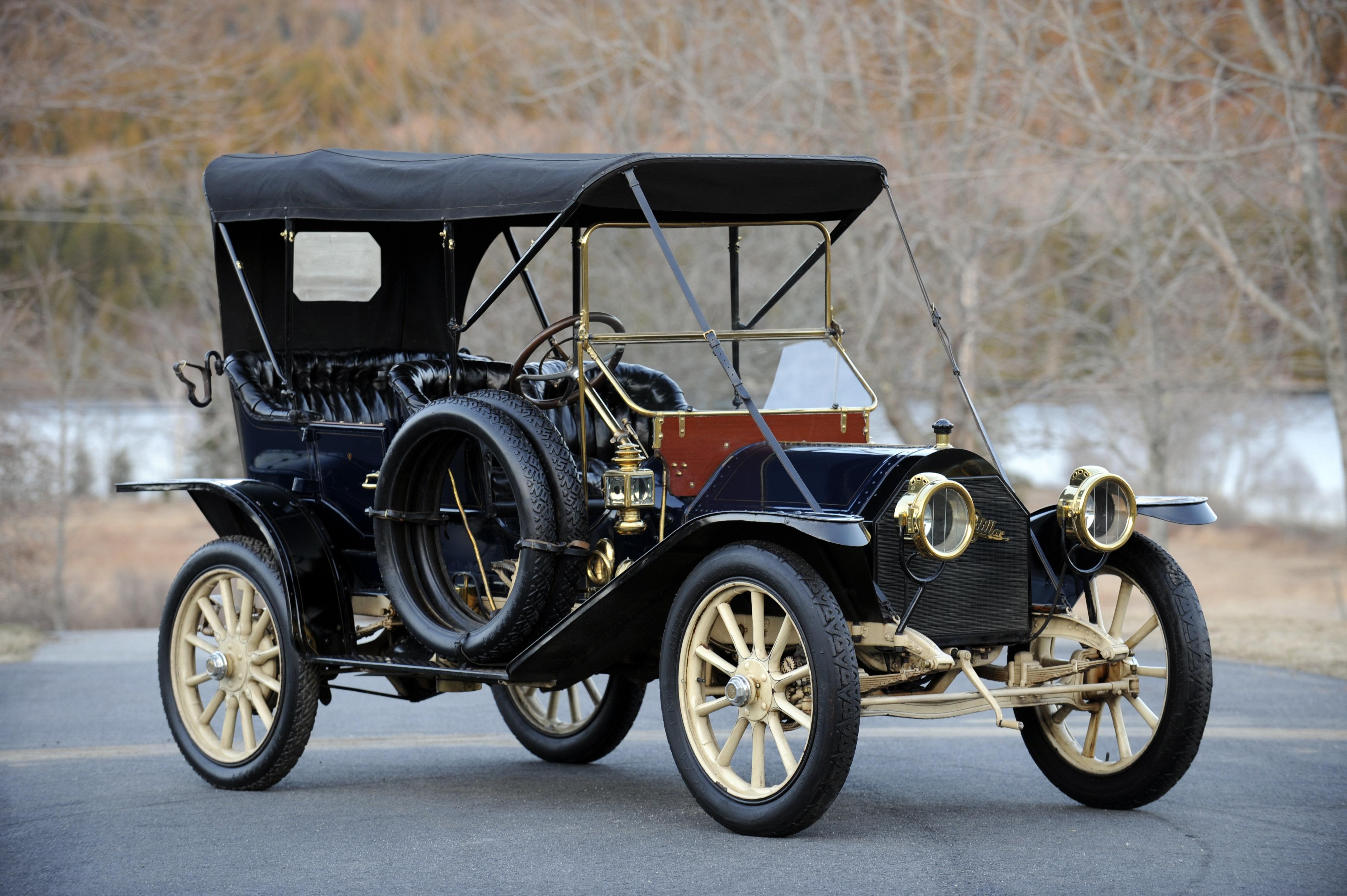
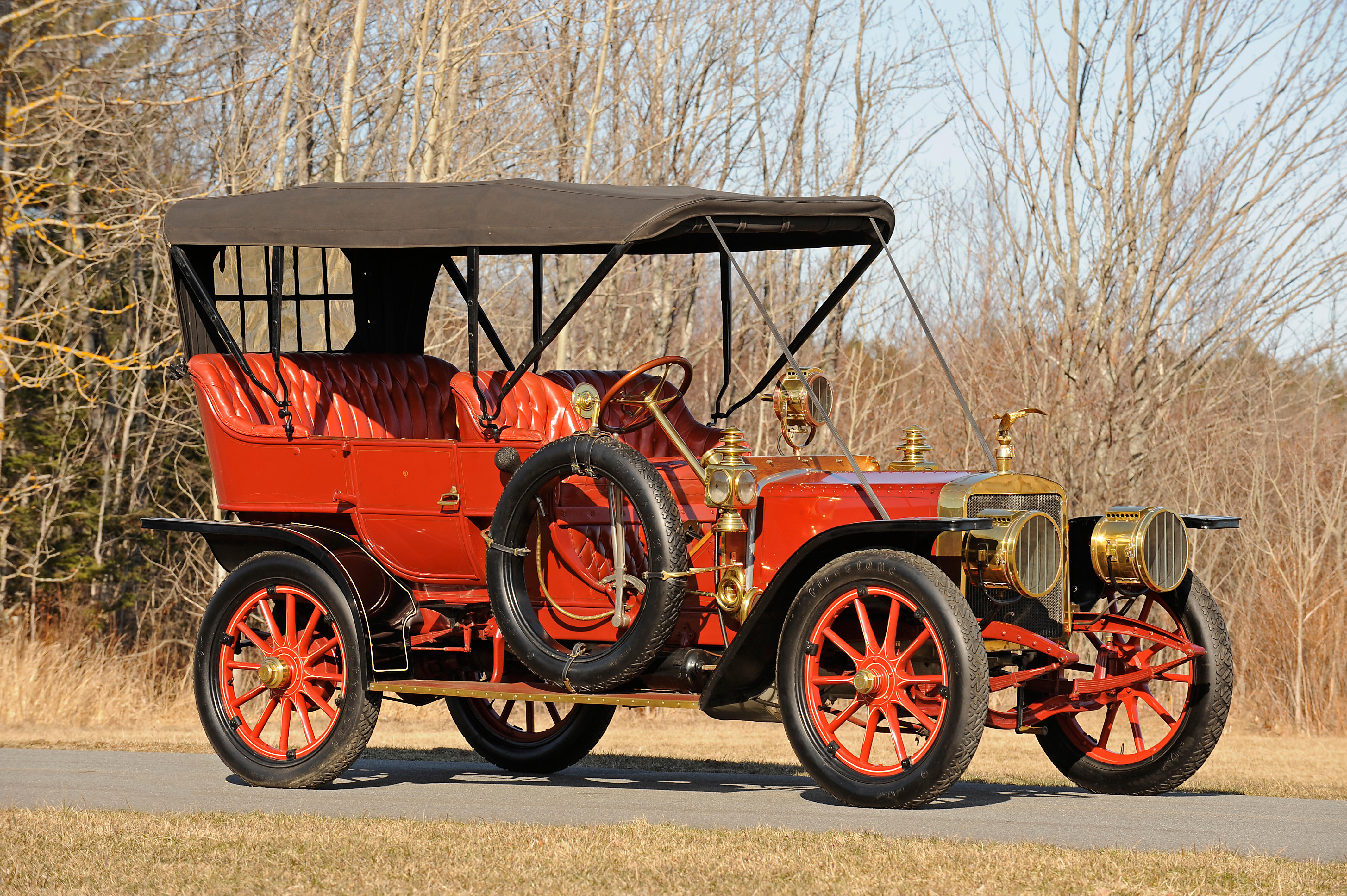
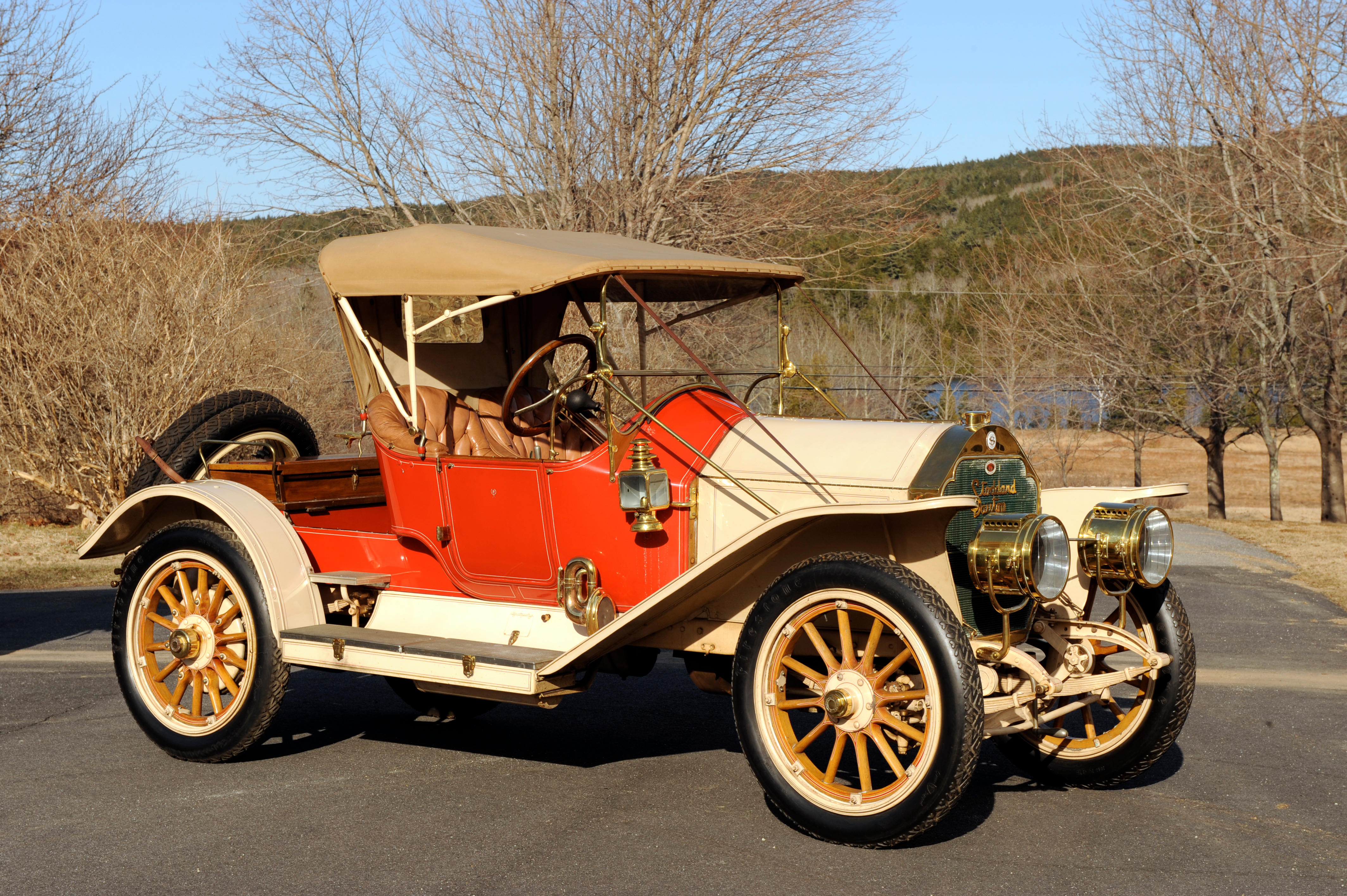
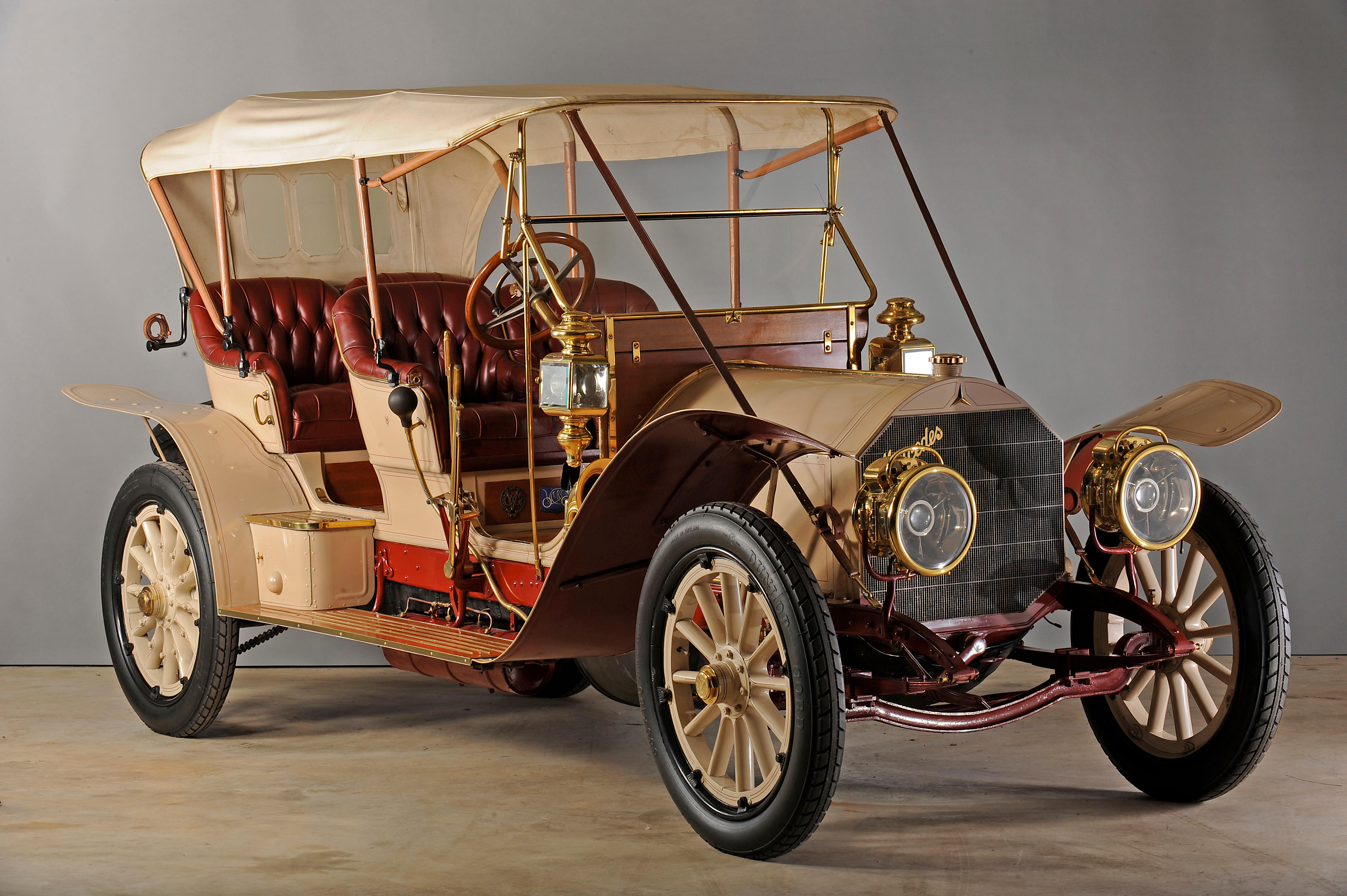
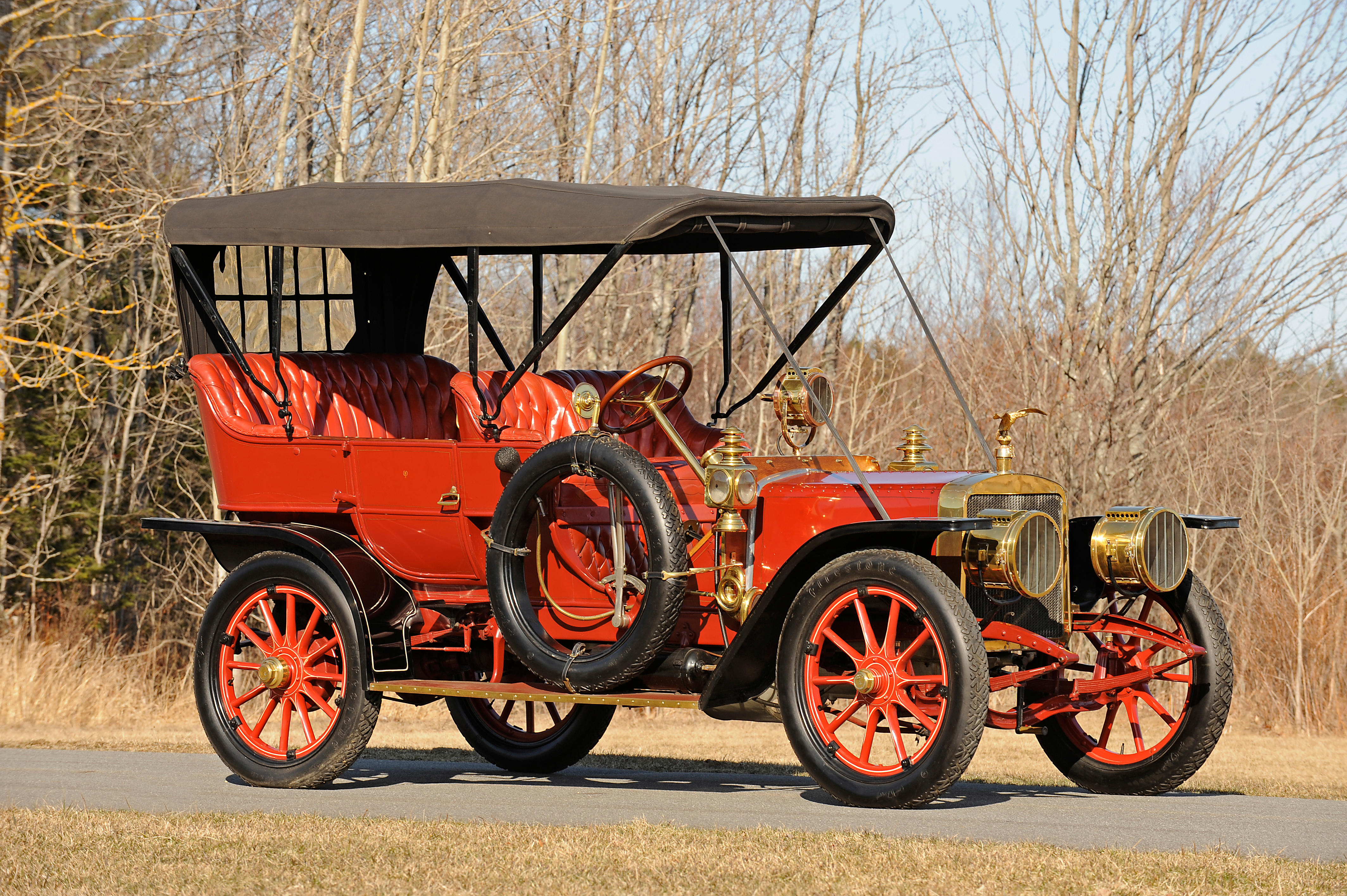
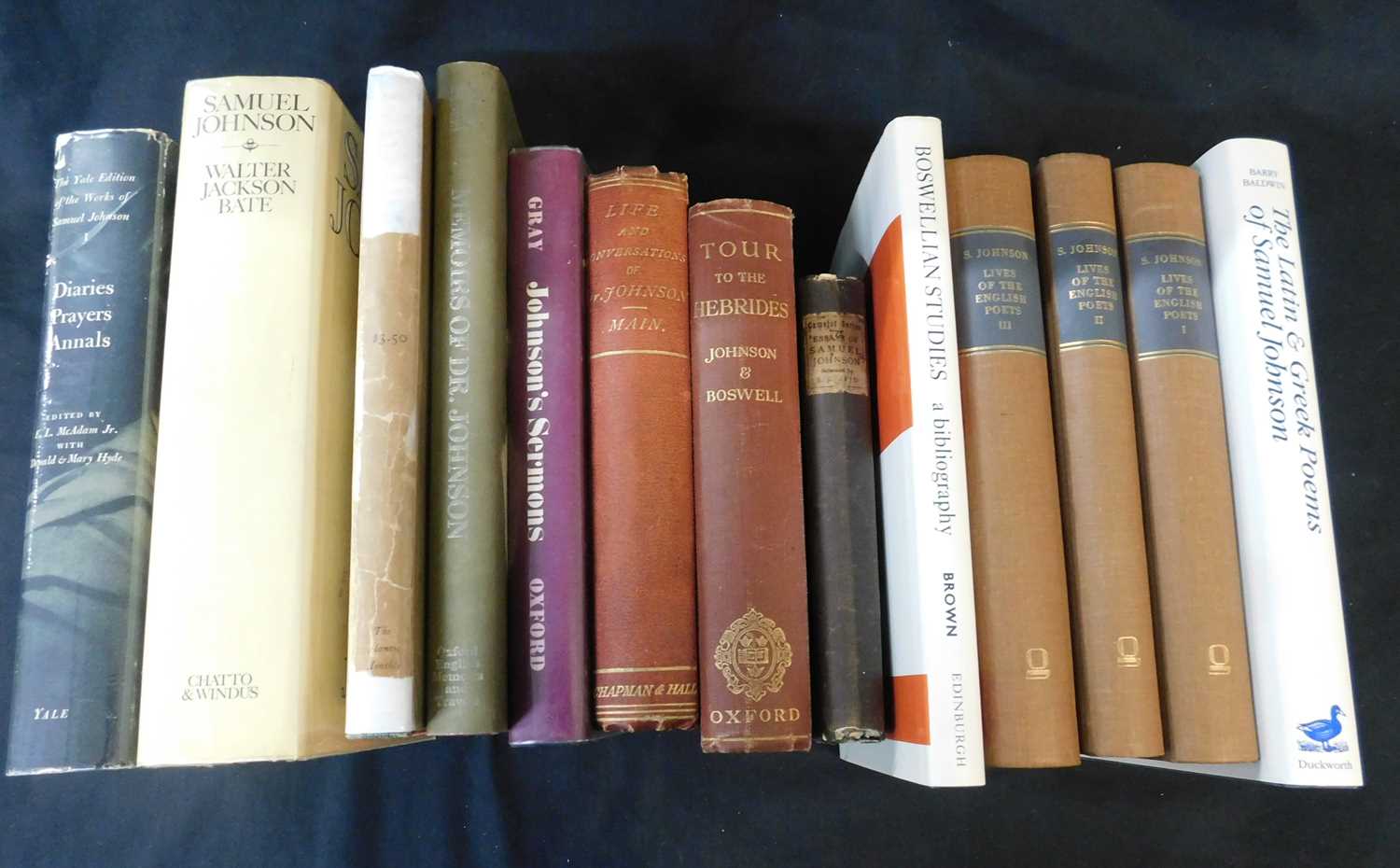



Try LotSearch and its premium features for 7 days - without any costs!
Be notified automatically about new items in upcoming auctions.
Create an alert